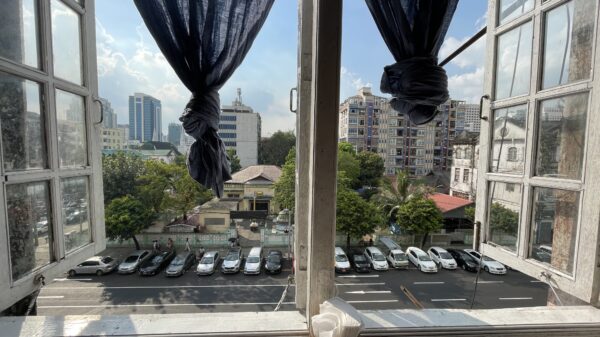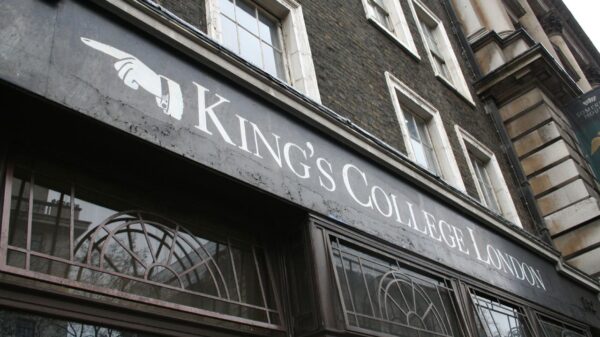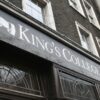Roar writer Keval Nathwani on photographer Tony Snowdon and his works.
Developing a philosophy of photography has been the subject of debate among photographers and photography critics since the earliest days of the photographic art form. As early as 1853, a member of the Photographic Society of London criticised the medium as, “too literal to compete with works of artâ€. In the modern age, this sort of comment seems so out of place as to be ridiculous, but with the limitations of the medium in 1853, it is an opinion not completely out of place with its historical context.
Fundamentally, photography as an art form relays the telling of a story in the same way as literature, painting, music, or film. What’s more, photography is now near universally democratised and as such, all of us will sympathise with the emotional experience of taking a photograph. In every photo we take, it is not simply the press of a button which records a memory, we take a photo with our heart as much as our finger.Â
I have an irrational childhood fear of photographers, not least because an uncle of mine is a professional wedding photographer. In his professional capacity as a photographer, he is a vapid, uninspired, empty headed, philosophically devoid presser of buttons. His photographs cannot inspire the sort of elevated imagination as say a painting by Caravaggio or a Beethoven String Quartet. As a consequence, I have never really considered photography as a true art form, nor have I, to my shame, afforded it the respect it deserves.Â
This all changed when I came across the oeuvre of Anthony Armstrong-Jones, better known as Tony Snowdon. In many of his society portraits and documentary frames, the bare, naked truth of the situation seems to immediately jump out at you, whether you want it to or not. His technique was to provoke and probe his subject so that they would reveal a bit more of themselves in front of the camera. It was at the point between reaction and realisation that Snowdon would take the picture.Â
Anthony Armstrong-Jones was born in March 1930, in London to Ronald and Anne Armstrong-Jones. His mother, who had an eye for social climbing, later divorced his father and married Lawrence Parsons, 6th Earl of Rosse, when Tony was five. His childhood was unhappy because he suffered from the emotional neglect of his mother who treated him as inferior to his two ‘noble’ half brothers. He suffered from polio as a teenager, but refused to let himself succumb to the disease. He survived but walked with a limp for the rest of his life. He went to Eton, where he began to take up photography as a hobby, and later dropped out of Cambridge to pursue it as his career.Â
Tony gradually became the society photographer everyone wanted to be photographed by. His easy charm, sly smile, striking good looks, and smouldering sexuality generated an electric ambiance in which both photographer and subject could connect emotionally and the chemistry was powerfully reflected in the photographs that emerged. Tony’s personal life as a bohemian artist with liberal sexual tastes and an easygoing nature became the stuff of legend. His ménage with Camilla and Jeremy Fry, his adulterous relationship with Lucy Lindsay Hogg, and numerous alleged homosexual dalliances, not to mention his fathering of illegitimate children have cemented his reputation as a bohemian with very few comparable peers.
My personal favourite among the many photographs in Tony Snowdon’s oeuvre is the portrait of Anthony Blunt, who was at the time of the portrait (1963), Keeper of the Queen’s Pictures and Director of the Courtald Institute. Blunt was later exposed as a Soviet Spy, and without even knowing the fact, Tony Snowdon managed to capture the cryptic, inscrutable, yet unquestionably nervous character of the man who would later be maligned as a traitor. The composition itself is genius. Blunt holds the film of a renaissance portrait from which the shadow superimposes itself on his right eye. The implication being that the wisdom and insight of Blunt as the doyen of the British Art Establishment was as metaphysical and abstract as the artwork and paintings themselves. There is so much to unpick, not least the use of shadows and light to create an enigmatic and uncertain atmosphere. That was Snowdon’s style, and it worked every time.Â
In spite of the breakdown of his marriage to Princess Margaret, resulting in the first royal divorce since Henry VIII, Snowdon remained, by all accounts, on exceedingly good terms with his ex-wife. As such, he was able to continue to take photographs of members of the Royal Family. In 1978, he photographed the Queen with her first grandson Peter Phillips, in a touching profile while noting that it was tough to get a family to relax in front of a camera who all their lives had been trained how to behave in front of a camera. In 1991, he took a portrait of Diana, Princess of Wales, in a near saintlike image where she gazes to the sky with a huge smile, opening her cherubic doe eyes in what seems like a rare moment of bliss.Â
Lord Snowdon has left behind an immense photographic legacy of portraiture from the second half of the 20th Century. His sitters have included; Laurence Olivier, David Bowie, Elizabeth Taylor, Harold Macmillan, Vladimir Nabokov, JRR Tolkien and Marlene Dietrich to name but a few out of hundreds. Any exhibition of his work would be a retrospective on the 20th Century and a forensic analysis of his subjects, I’m sure, would reveal a tremendous amount about their character, psyche, and personality. With Lord Snowdon’s death in 2017 came the end of a vibrant chapter in British artistic and cultural history. But he left a gap which he readily admitted for the next generation of photographer, “the hardest thing to photograph†he said, “is dirt, and loneliness is harder stillâ€. The challenge remains untaken.


















